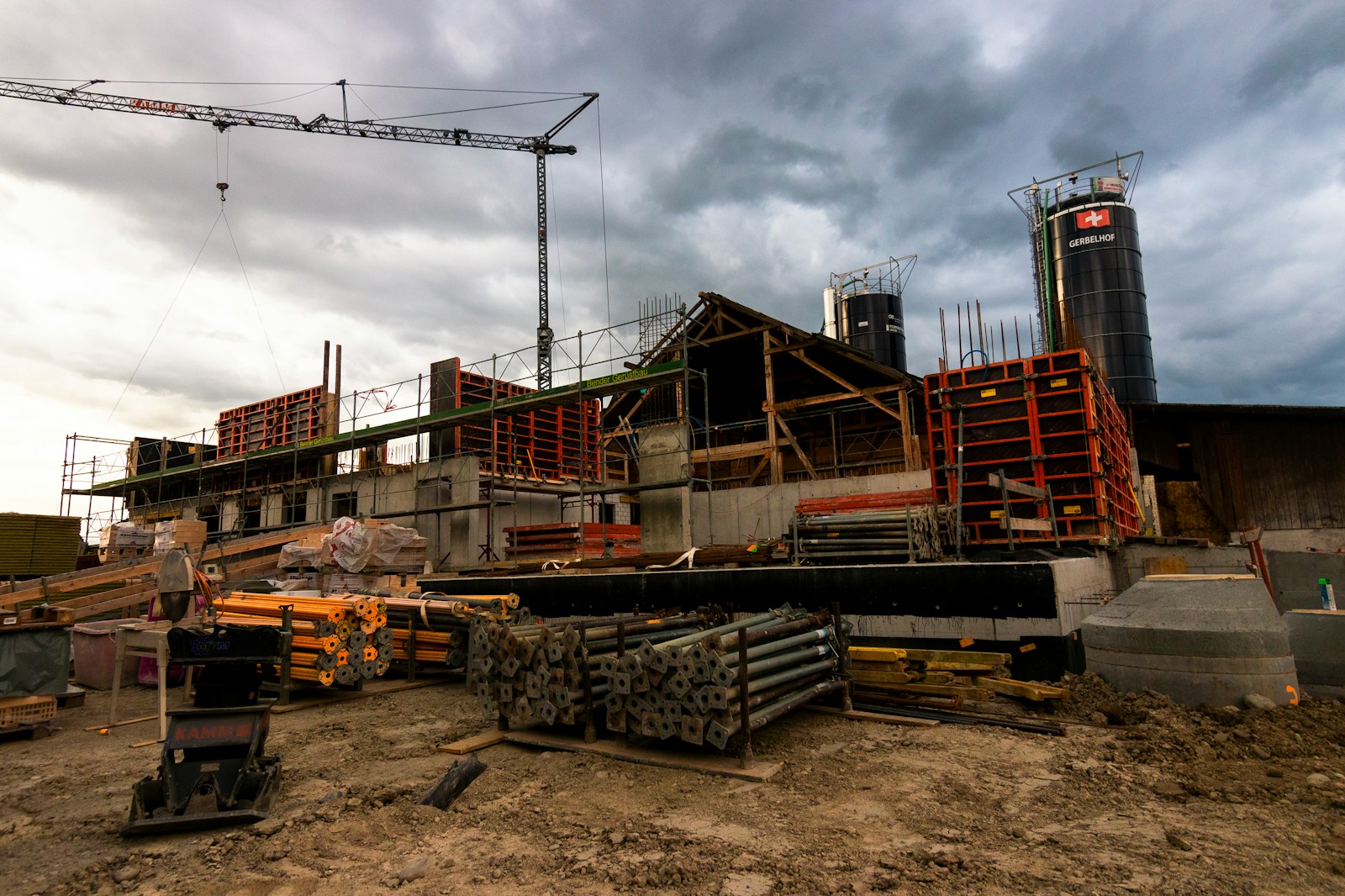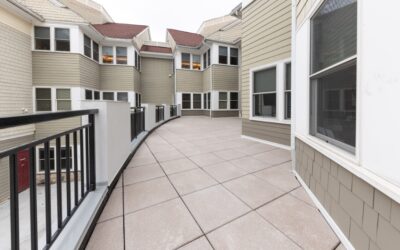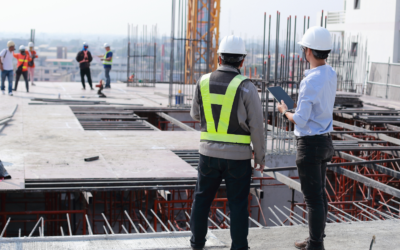I’ve seen firsthand how fast the construction industry evolves. Every year brings new methods, materials, and technologies that redefine what’s possible—from high-rise buildings to healthcare renovations. At South Coast Improvement Company, staying ahead of these changes isn’t just a good idea; it’s essential to how we operate. It’s how we keep our clients’ development projects on time, compliant, and built for long-term success. These trends impact all types of commercial construction, and understanding them is key to delivering value. Recognizing the key features of these emerging trends is essential for ensuring each construction project meets its unique goals and challenges.
1. Smarter, More Integrated Construction Projects
Modern construction is all about integration. Gone are the days of siloed teams and disjointed communication. Whether it’s through Building Information Modeling (BIM) or advanced project management software, today’s development projects demand seamless collaboration between every stakeholder involved.
As a general contractor, we play a critical role in coordinating stakeholders and utilizing project management software to ensure successful project delivery. I’ve watched how technology enhances cooperation across architects, engineers, and our construction teams. For project managers, these tools are invaluable. They help us prevent costly errors, improve quality control, and deliver faster, more predictable outcomes. This integrated approach, which is central to our single-source model, ensures efficient resource allocation and a smoother process from start to finish.
2. Modular and Prefabricated Construction on the Rise
Efficiency is a major driver of innovation in our field. The construction industry has seen increased adoption of modular construction and digital technologies such as Building Information Modeling (BIM) to improve project efficiency and drive innovation. Modular and prefabricated construction techniques are gaining significant ground, especially for institutional construction projects like senior living communities, healthcare facilities, and educational buildings—our core markets. This method involves building components off-site in a controlled environment before assembling them on location.
These approaches reduce on-site waste, speed up project timelines, and maintain an exceptional level of precision that is equivalent to traditional builds. For clients who need to minimize disruption and get their facilities operational quickly, prefabricated construction is an increasingly attractive option that promotes energy efficiency and predictable costs.
3. A Sharper Focus on Fire Resistance and Safety Requirements
Safety has always been the cornerstone of everything we do. The construction industry is seeing new standards around fire resistance ratings and the use of non-combustible materials, which are shaping how we plan and execute all construction project types. The use of fire resistant materials and assemblies is critical for meeting safety standards in various building types. Adhering to these evolving building codes is non-negotiable for ensuring public safety and long-term structural integrity.
From Type I fire resistive structures in hospitals to the strategic use of heavy timber in modern mixed-use buildings, our deep understanding of these requirements is critical. We ensure that every project, whether it involves non-combustible exterior walls or managing concealed spaces, meets or exceeds all safety and fire ratings.
4. Sustainable Development and Energy Efficiency
Sustainability is no longer just a buzzword—it has become a core mandate for responsible building. More and more, our clients request energy-efficient solutions like solar panels, green roofs, and advanced HVAC systems. These innovative technologies not only improve a building’s operational performance but also align with broader environmental impact goals.
As a family-founded company, we take immense pride in helping communities grow in a responsible way. Whether it’s a new build or a renovation, incorporating sustainable construction practices adds lasting value to the property and reduces the total cost of ownership over time.
5. The Rise of Mixed-Use and Live-Work-Play Communities
Urban development projects continue to move toward vertical mixed-use and horizontal mixed-use designs. These ambitious projects expertly blend residential buildings, retail stores, and office spaces into cohesive, vibrant communities, often incorporating multiple types of spaces and functions—such as recreational, commercial, and green areas—within a single development. This trend is about more than just convenience; it’s about creating environments that foster connection and support economic growth.
These single-development projects often increase access to public transit hubs and create a dynamic synergy between different industries. For us, building these complex environments requires a nuanced understanding of commercial construction and the needs of the diverse tenants who will occupy the spaces.
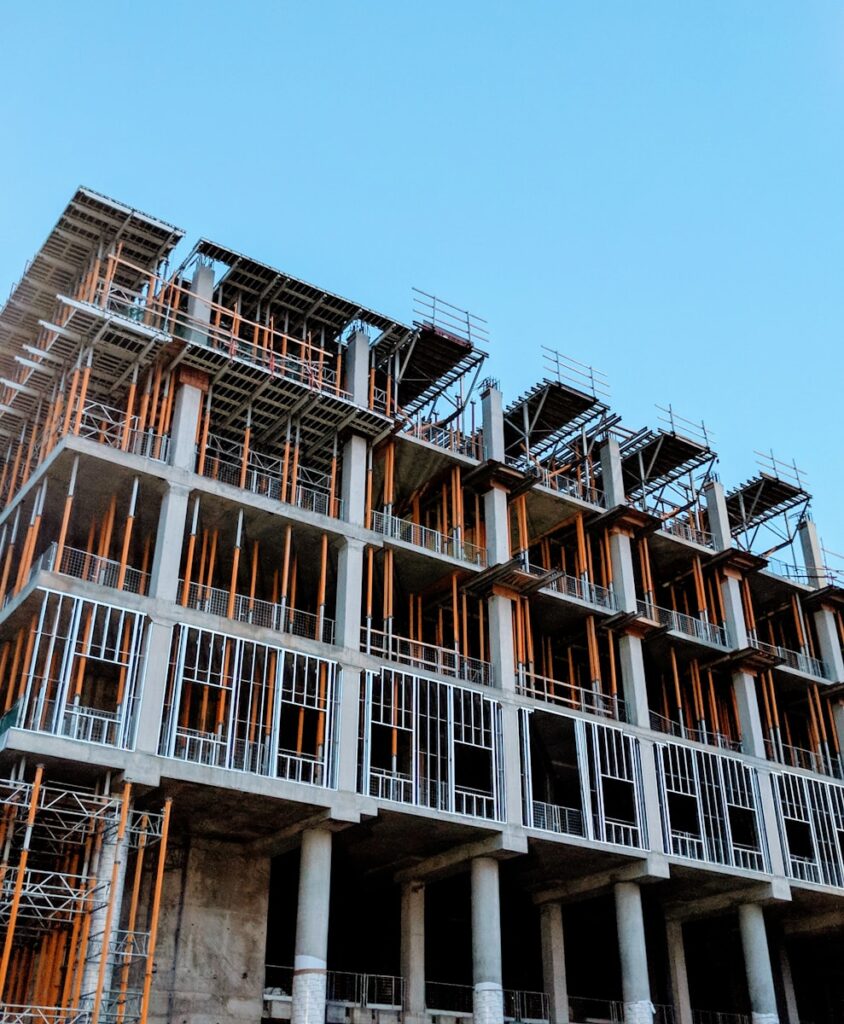
Photo by Tolu Olubode on Unsplash
6. Meeting the Challenges of Labor Shortages and Complex Projects
The construction industry is currently facing two significant hurdles: ongoing labor shortages and increasingly complex projects. Our solution has always been to invest in our skilled construction teams, adopt innovative technologies, and double down on our commitment to safety and regulatory compliance on every job site.
Experience has taught me that adaptability and clear communication are the keys to overcoming these challenges without ever compromising on quality. Effective risk management allows our team to navigate unforeseen issues, ensuring that even the most complex projects are completed successfully.
7. Emerging Markets: Data Centers and Heavy Civil Projects
As our world becomes more digital and interconnected, the demand for data centers, infrastructure construction, and heavy civil projects continues to climb. Infrastructure projects play a crucial role in supporting urban development and economic growth, providing essential societal benefits by enhancing transportation systems, utilities, and public works. These large-scale builds require a specialized skill set, extremely tight safety standards, and flawless coordination.
From industrial construction to power plants, these projects are the backbone of our modern economy. Building them demands exceptional structural integrity and an unwavering commitment to precision. This is an area where our dedicated team thrives, bringing expertise and discipline to projects that power our communities.

Photo by SMKN 1 Gantar on Unsplash
Understanding Construction Project Types
The construction industry is incredibly diverse, with each construction project presenting its own set of goals, challenges, and requirements. Understanding the different construction project types is fundamental for project managers, developers, and construction teams aiming to deliver successful outcomes—whether the focus is on a single building or a large-scale development.
Residential construction centers on creating comfortable, safe living environments, from single-family homes to multi-unit residential buildings. These projects often prioritize efficient use of space, energy efficiency, and compliance with local building codes to ensure long-term value for homeowners and communities.
Commercial construction, by contrast, is all about building spaces that drive business—think office spaces, shopping centers, and retail stores. These projects demand flexible layouts, robust infrastructure, and the ability to accommodate high foot traffic, all while meeting strict safety and accessibility standards.
Institutional construction serves the public good, encompassing schools, hospitals, and government buildings. These projects require meticulous planning to meet specialized needs, such as advanced fire resistance ratings, accessibility, and durability, ensuring the safety and well-being of large groups of people.
Industrial construction is focused on facilities like manufacturing plants, power plants, and oil refineries. These complex projects require heavy-duty building materials, advanced construction techniques, and rigorous quality control to support critical operations and maintain structural integrity under demanding conditions.
Infrastructure construction, including heavy civil projects, forms the backbone of modern society. From highways and bridges to utilities and public transit hubs, these large-scale projects require significant engineering expertise, resource allocation, and coordination to deliver systems that support economic growth and public safety.
Modular construction and prefabricated construction are transforming how these project types are delivered. By manufacturing building components off-site and assembling them on location, construction teams can achieve greater efficiency, minimize environmental impact, and maintain high standards of quality control—especially important for complex projects with tight timelines.
A key consideration across all construction project types is fire resistance. The International Building Code (IBC) classifies buildings into five main construction types—Type I (fire-resistive), Type II (non-combustible), Type III (ordinary construction), Type IV (heavy timber construction), and Type V (wood-framed construction). Each classification dictates the fire resistance ratings required for building materials and assemblies, directly impacting design, safety, and regulatory compliance.
Project management software and innovative technologies like building information modeling (BIM) and artificial intelligence (AI) are now essential tools for project managers. These solutions streamline communication, enhance collaboration, and support effective risk management, ensuring that every construction project—regardless of type—meets its aims for quality, safety, and efficiency.
Ultimately, a deep understanding of construction project types empowers construction teams to tailor their approach, leverage the right construction techniques, and deliver projects that meet the unique needs of clients and stakeholders. As the construction industry continues to evolve, staying informed about the latest trends, technologies, and best practices is key to building success—project after project.
Building with Confidence and Clarity
At South Coast Improvement, we believe every project is more than just a build—it’s a partnership. The trends shaping the construction industry today reinforce why our unique approach works so well: single-source accountability, proven expertise across multiple sectors, and a steadfast commitment to safety and excellence. It’s how we’ve earned over 90% repeat business from our clients.
Whether you’re planning a healthcare renovation, a senior living expansion, or a new commercial development, our team is here to help you build smarter, safer, and with complete confidence.
Ready to take the first step toward a seamless build? Partner with our expert construction team today.
View Our Work
The Overlook – Masonic Health System
"We’re honored to have partnered with The Overlook on this transformative initiative. Our team brought specialized expertise in working within occupied senior living communities, delivering a seamless renovation that aligns with The Overlook’s exceptional standards of...
Hamilton Wenham
Their team was collaborative, responsive, and committed to our shared vision for this space, -Eric Tracy Superintendent, Hamilton-Wenham Regional School District We partnered with the Hamilton-Wenham Regional School District to deliver a brand-new athletic building...
